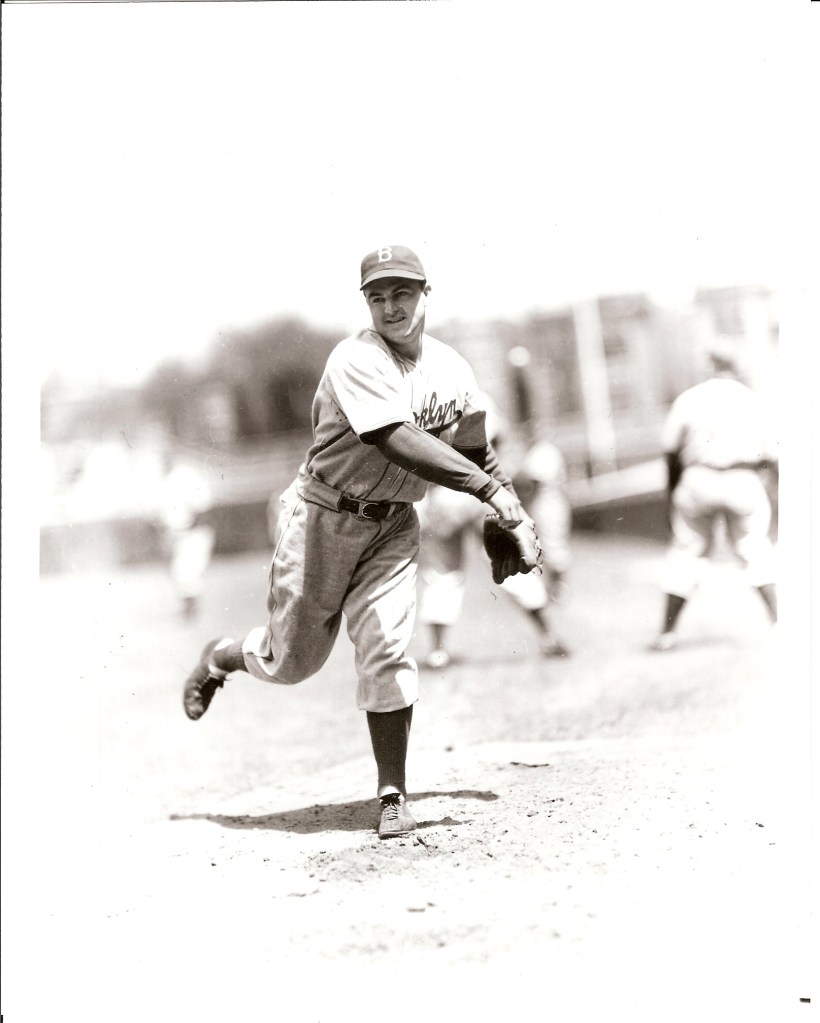It’s hard to believe that the 2024 major league baseball season is already 25% complete. Of course, it’s hard for me to believe that it’s already Wednesday as I write this, but I digress . . .
It seems that starting pitchers are pitching less than ever and are increasingly removed before completing five innings, which a starter must do in order to qualify for a win. That statistic—“the win,” as well as “the loss”—is no longer valued in this analytical day and age because too many factors may account for a team winning a game on any given day. Two big factors include how well a pitcher’s defense plays and how many runs his teammates score for him. A team could commit three errors that lead to an unearned run while scoring no runs on offense resulting in the pitcher being tagged with a 1-0 loss. Conversely, a starter could surrender nine runs in five innings, but his teammates scored ten in the first four and thus, he is credited with the win.
As it is the rule requiring a starting pitcher to pitch five innings in order to qualify for a win was an arbitrary decision made in 1950. All kinds of rubrics were used before then to assign individual wins, including “injury wins” and “World Series warm up wins.” In baseball’s formative years i.e. the 1860s and 1870s no pitcher was credited with a win because it didn’t make sense to say that one player was more responsible for a win than another, an argument that sounds rather modern. (For a fascinating history of how wins were awarded to individual pitchers see Frank Vaccaro’s article, “The Origin of the Modern Pitching Win.”)
There is a simple solution for the problem of how to assign pitching wins: Every pitcher who pitches in a game that his team wins is credited with a win. We get rid of the “hold” statistic and that meaningless save statistic. The one exception would be that if a pitcher comes into a game and surrenders the lead, even if his team then comes back to win, that pitcher is not credited with a win. He’d get nothing. The guys who pitched before him and after him get a W, but not that guy. Yeah, I can think of all kinds of exceptions, but let’s keep it simple.
As for losses, I wouldn’t bother assigning them at all. They’re just not the same as wins. If you pitched in a winning game and never surrendered the lead, then you contributed to the win. If you pitched in a losing game, you might not have contributed to the loss. For example, say a starting pitcher—we’ll call him Bob—gives up one run in five innings, but his team doesn’t score while he’s in the game. Both teams go on an offensive tear over the last four innings and Bob’s team loses 10-9, but never at any point does it tie the game or take the lead. Under the current rules, Bob would get the loss, but is that one run the one that beat Bob’s team?
Pitchers have all kinds of statistics to measure how effectively they pitched that have nothing to do with whether the game is won or lost. In fact, hitters are judged based on how well they hit the baseball, not whether their hits contributed to a win.
I may be missing something in all this. . . . Actually, I’m pretty sure that I’m missing something, but such a revision in the rules would 1) more closely reflect the current situation and 2) simply make more sense than quantifying the idea that one guy is responsible for his team’s “win.” At the end of the season, the most valuable pitchers would certainly be evident. They’d be the guys who pitched in the most winning games.













